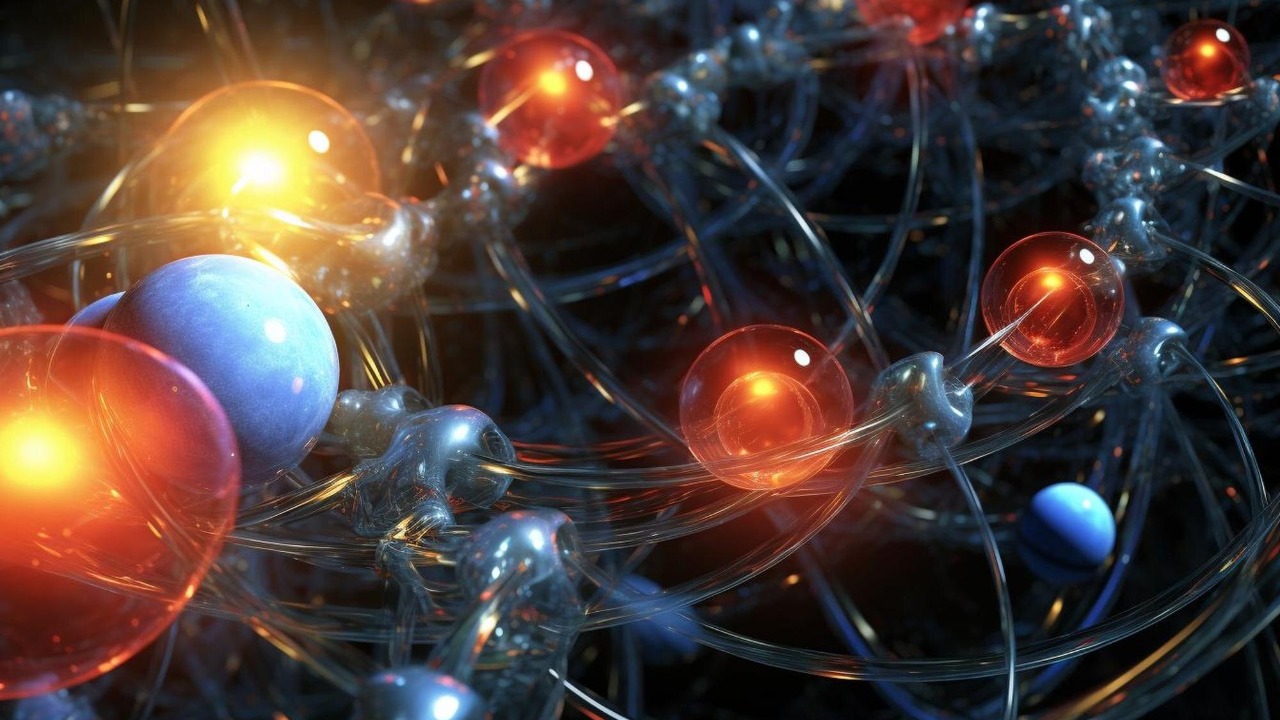
Recent research reveals that quantum mechanics can supersede the second law of thermodynamics at the atomic scale, challenging long-held principles of entropy and energy dissipation in microscopic systems. This finding emerges from experimental observations where quantum effects enable processes that appear to violate classical thermodynamic constraints. The implications could reshape understandings of nanoscale physics and energy behaviors in quantum technologies. For more details, see the report published on October 16, 2025, on Phys.org.
Understanding the Second Law of Thermodynamics
The second law of thermodynamics is a cornerstone of classical physics, stating that the entropy of an isolated system will always increase or remain constant over time. This principle prevents the possibility of perpetual motion machines and dictates that all natural processes are irreversible. The law was formulated in the 19th century by scientists such as Rudolf Clausius and Ludwig Boltzmann, who laid the groundwork for modern thermodynamics. Their work established that energy transformations are inherently inefficient due to the inevitable increase in disorder or entropy.
Historically, the second law has been applied successfully to macroscopic systems, where it holds true without exception. However, at the quantum level, the law’s applicability becomes less clear. Quantum mechanics introduces phenomena that do not conform to classical expectations, suggesting potential breakdowns of the second law in microscopic regimes. This raises questions about the universality of thermodynamic laws and their limitations when applied to quantum systems.
Fundamentals of Quantum Mechanics at Atomic Scales
Quantum mechanics governs the behavior of atomic and subatomic particles, introducing principles such as superposition, entanglement, and wave-particle duality. These concepts differ significantly from classical determinism, where particles have definite positions and velocities. In quantum systems, particles can exist in multiple states simultaneously (superposition) and become entangled, meaning the state of one particle is directly related to the state of another, regardless of distance.
Quantum fluctuations and tunneling effects allow for non-classical energy transfers that are not predicted by traditional thermodynamic laws. For instance, particles can tunnel through energy barriers, a phenomenon that defies classical expectations. In systems where atoms are in superposition, probability distributions can challenge the notion of entropy increase, suggesting that quantum mechanics might allow for temporary decreases in entropy under certain conditions.
Experimental Evidence of Quantum Override
Recent studies have provided experimental evidence that quantum systems can achieve temporary decreases in entropy, effectively “trumping” the second law through coherent quantum states. These observations were made possible by isolating quantum effects from thermal noise using advanced methodologies, such as manipulating atomic scales with lasers or magnetic fields. The findings, detailed in the October 16, 2025 report, highlight quantifiable violations in energy dissipation rates at the atomic level, challenging the classical understanding of thermodynamics.
These experiments demonstrate that under specific conditions, quantum systems can exhibit behaviors that appear to violate the second law. By maintaining coherent quantum states, researchers have observed temporary reversals of entropy, suggesting that quantum mechanics can override classical thermodynamic constraints. This has significant implications for our understanding of energy transfer and dissipation in quantum systems.
Implications for Quantum Technologies
The interplay between quantum mechanics and thermodynamics could lead to more efficient nanoscale devices, such as quantum computers or sensors. By harnessing the apparent reversibility of quantum processes, these technologies could achieve unprecedented levels of efficiency. However, scaling these effects to practical applications presents challenges, including issues related to decoherence and environmental interactions that can disrupt quantum states.
The broader impacts of these findings extend to fields like quantum thermodynamics and information theory, where understanding the limits of classical laws in quantum regimes is crucial. As researchers continue to explore these phenomena, the potential for breakthroughs in energy-efficient technologies and new theoretical models becomes increasingly apparent.
Reconciling Quantum and Thermodynamic Frameworks
Theoretical models that integrate quantum mechanics with thermodynamics, such as fluctuation theorems, offer explanations for observed violations without contradicting the second law statistically. These models suggest that while quantum systems can temporarily decrease entropy, the overall statistical behavior of large ensembles remains consistent with classical thermodynamics. This reconciliation is crucial for developing a unified understanding of physical laws across different scales.
Ongoing debates among physicists focus on whether these atomic-scale exceptions invalidate or refine classical laws. Some argue that these findings necessitate a reevaluation of thermodynamic principles, while others believe they simply highlight the need for a more nuanced understanding of quantum systems. Future research will likely explore hybrid quantum-classical systems, aiming to bridge the gap between these two frameworks and uncover new insights into the fundamental nature of the universe.